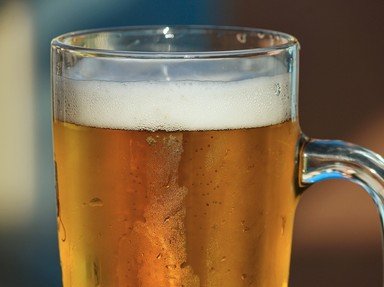Quiz Answer Key and Fun Facts
1. Beer brewing is a very old art. Recipes for making same have been found recorded in which ancient writing?
2. Is it true that women were closely associated with brewing beer in earlier times, and with female goddesses to protect them?
3. The domestication of which crop was particularly associated with brewing in ancient times?
4. Which product, made itself from cereal, was also used in the early production of beer in Mesopotamia?
5. What were the first European establishments to produce beer and ale on a small commercial basis, rather than just for private domestic purposes?
6. Apart from its enjoyable qualities, for what other purpose did the ancient Egyptians use beer?
7. Why was beer and ale consumption considered so important in European homes and cities, particularly from the 17th to the 19th centuries?
8. Thinking about it, what is the main ingredient in beer?
9. What is added to some beers to give them their clear appearance?
10. One of the most interesting things manufactured from the by-products of the brewing industry is which architectural component?
Source: Author
Creedy
This quiz was reviewed by FunTrivia editor
WesleyCrusher before going online.
Any errors found in FunTrivia content are routinely corrected through our feedback system.

